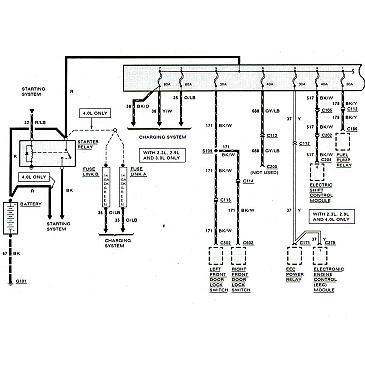Alexis1321
New Member
So I bought a 1986 Ford ranger that needed the body harness completely rebuilt . As I'm ripping out the old harness I noticed something that looks like a wire nut with about 6 wires inside of it. Has anyone seen anything like this? Was this Normal for fords back then ? Or was this the result of someone not knowing what the heck they where doing? Please let me know what you guys think about it ! I can't even wrap my head around why it was done like this or how to repair this. Should I just run new wire and do as they did? Open to all suggestions!




